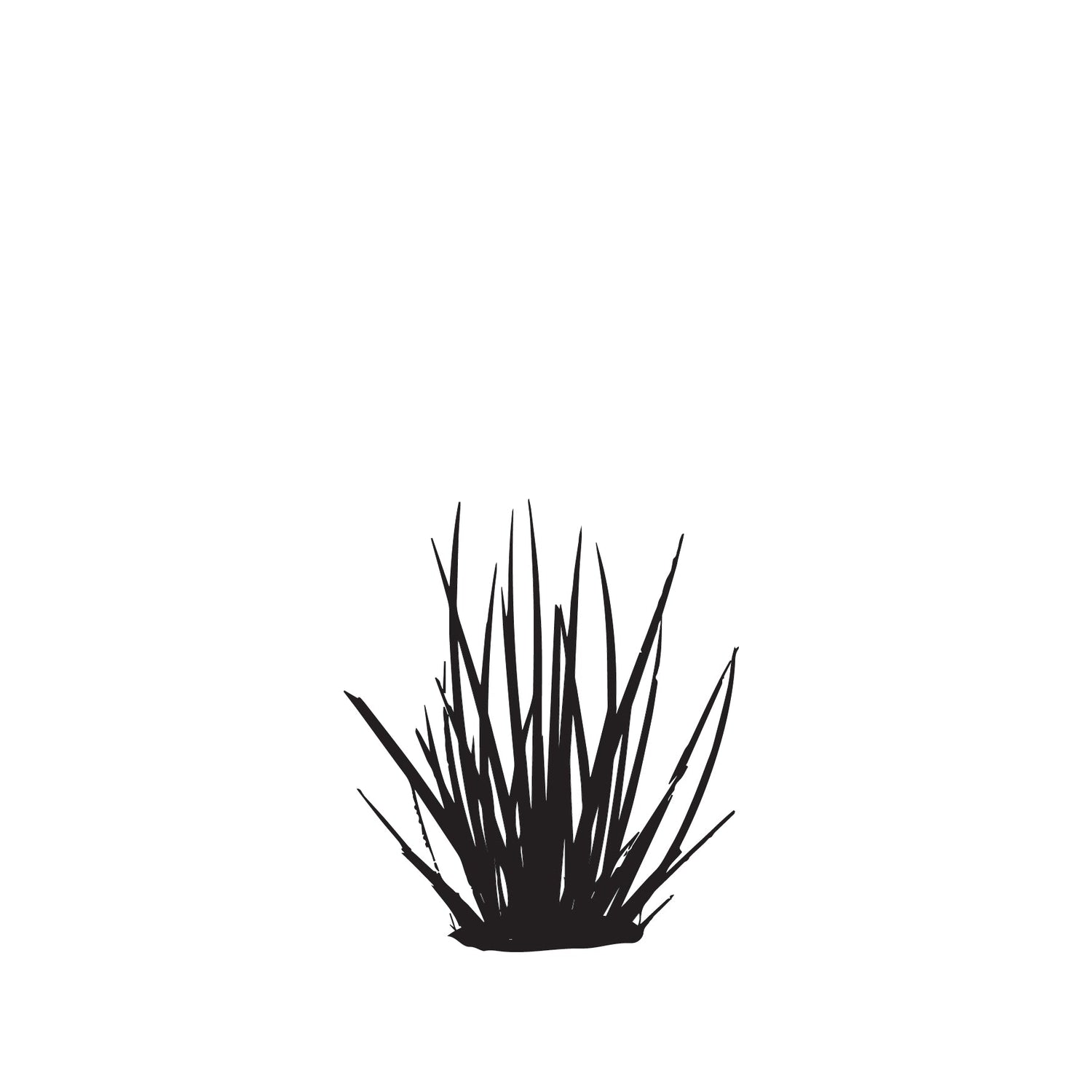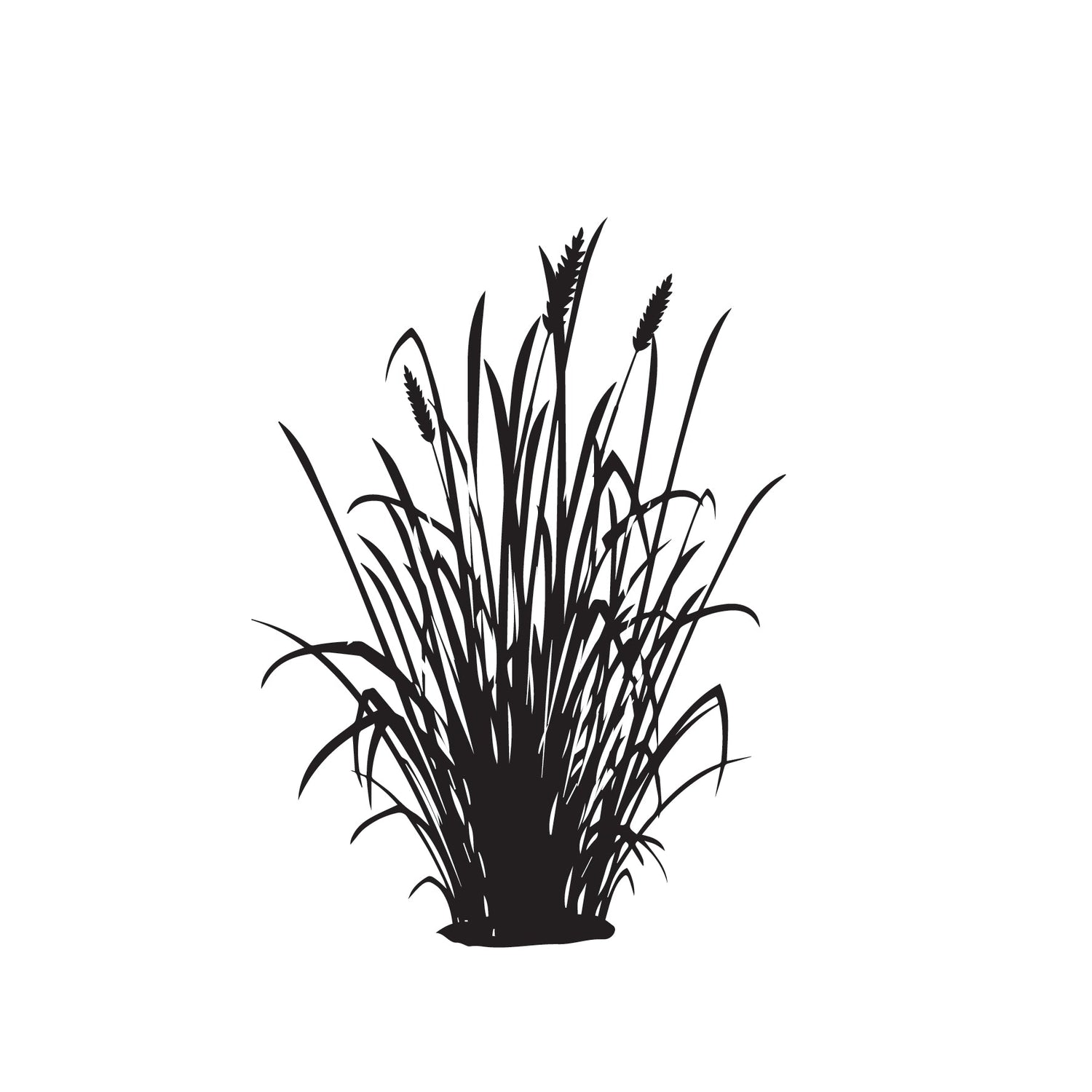5 Essential Tips for Buying Flax to Enhance Your Urban Landscape
Share
Introducing flax (Phormium spp.) into your urban landscape can significantly elevate its aesthetic appeal while offering practical benefits such as low maintenance and resilience. Whether you're considering flax for its striking foliage, architectural presence, or environmental advantages, navigating the buying process effectively ensures you select the right plants for your needs.
Here are five essential tips to keep in mind when purchasing flax for your urban landscape:
- Assess Your Space and Requirements
Before buying flax plants, assess your urban landscape to determine the specific requirements and constraints:
- Size and Scale: Consider the available space and desired scale of the planting area. Flax varieties vary in size from compact cultivars suitable for small gardens or containers to larger varieties for hedging or focal points.
- Light and Soil Conditions: Evaluate the amount of sunlight the planting area receives throughout the day and the soil type (e.g., well-drained, sandy, clay). Flax generally prefers full sun to partial shade and well-drained soil.
- Purpose: Define the purpose of incorporating flax into your landscape, whether it's for privacy screening, adding color and texture, or enhancing biodiversity.
- Choose the Right Variety of Flax
Flax comes in various species and cultivars, each offering unique foliage colors, sizes, and growth habits:
- Phormium tenax vs. Phormium cookianum: Determine whether you prefer the larger, sturdier leaves of Phormium tenax or the softer, more compact foliage of Phormium cookianum.
- Foliage Colors: Select flax varieties based on their foliage colors, which range from vibrant greens and reds to variegated patterns. Choose colors that complement your existing landscape and design theme.
- Quality Inspection
When purchasing flax plants, ensure they are healthy and free from pests and diseases:
- Inspect Leaves and Stems: Look for signs of discoloration, wilting, or damage on the leaves and stems. Healthy flax plants should have firm, upright foliage without yellowing or browning.
- Root Health: Check the root system for white, firm roots and avoid plants with mushy or discolored roots. Healthy roots are essential for establishing flax successfully in your landscape.
- Consider Long-Term Maintenance
Flax is known for its low maintenance once established, but initial care and ongoing maintenance are crucial for optimal growth and appearance:
- Watering Needs: Understand the watering requirements of the flax variety you choose. Water newly planted flax regularly until established, then reduce watering frequency as the plants mature.
- Pruning and Trimming: Determine the pruning needs of your chosen flax variety. Some varieties require minimal pruning to remove dead leaves and spent flower stalks, while others may need more frequent maintenance.
- Purchase from Reliable Sources
To ensure quality and success in your urban landscape, purchase flax plants from reputable nurseries or garden centers:
- Expert Advice: Seek guidance from knowledgeable staff or horticulturists at the nursery. They can provide recommendations based on your specific urban landscape conditions and requirements.
- Plant Guarantees: Opt for nurseries that offer plant guarantees or warranties, ensuring you can replace or return plants that do not thrive after planting.
Integrating flax into your urban landscape offers numerous benefits, from enhancing visual appeal to promoting biodiversity and requiring minimal upkeep. By following these five essential tips when buying flax, you can confidently select plants that suit your space, meet your aesthetic preferences, and thrive in your urban environment. Whether you're planting flax for the first time or expanding your existing landscape, thoughtful consideration and informed decisions ensure a successful and rewarding addition to your urban oasis.





